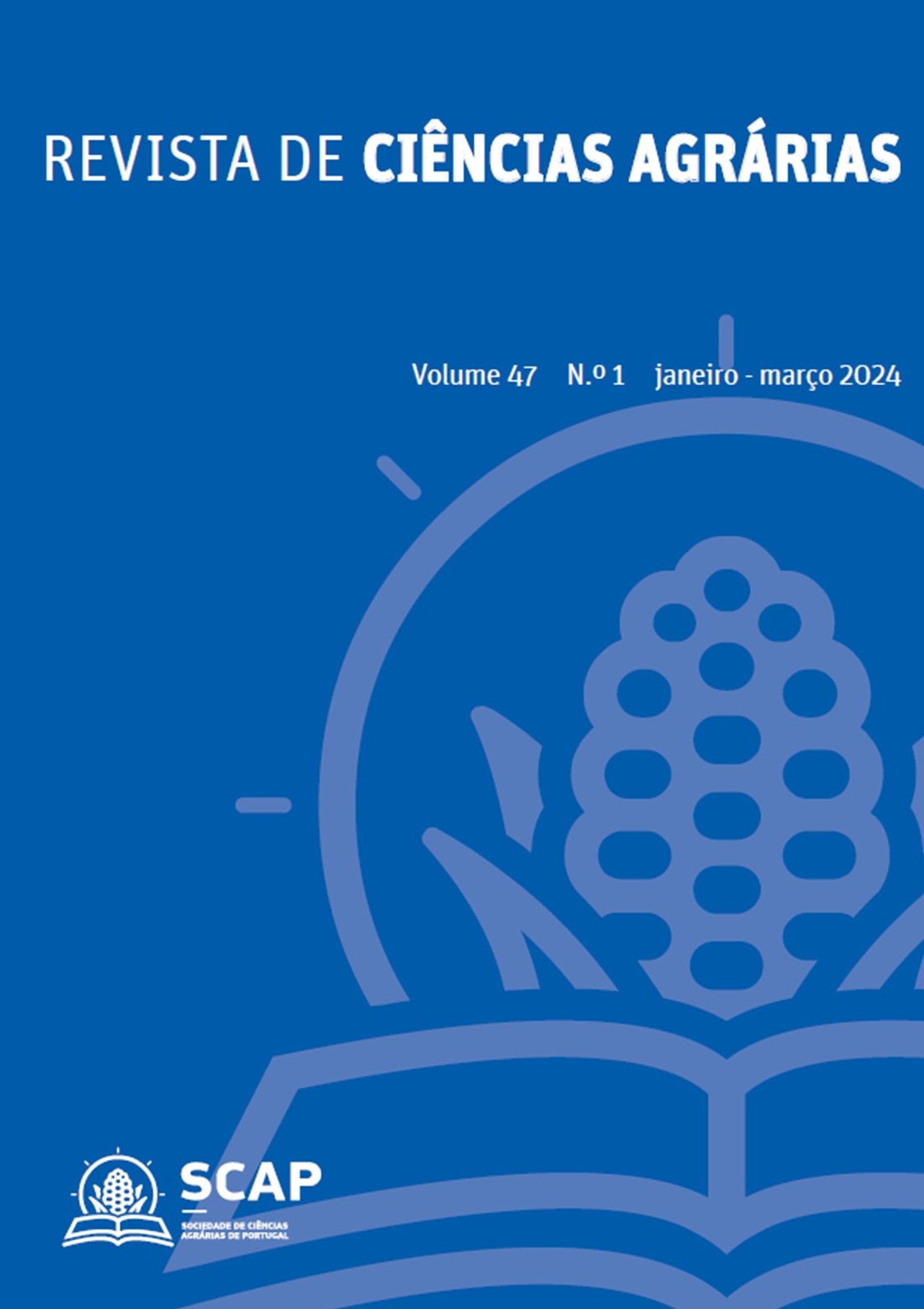Oxidative response in non-target site acetolactate synthase-inhibitor resistant Amaranthus palmeri
DOI:
https://doi.org/10.19084/rca.34994Abstract
Amaranthus palmeri S. Watson is a widely spread weed, with populations with known resistances to herbicides, like acetolactate synthase (ALS) inhibitors. Although most of them consist of target-site (TS), in this study a population with non-target site mechanisms (NTS) has been used. Effects of increasing doses of nicosulfuron (ALS-inhibiting herbicide) regarding oxidative parameters have been compared in a sensitive and a NTS resistant population. Production of Reactive Oxygen Species, oxidative damage, and antioxidant systems were determined. Results indicated some oxidative stress in the sensitive population treated with the highest herbicide dose, showing H2O2 accumulation and presence of lipid peroxidation. In the resistant populations, these effects were not detected, suggesting that oxidative stress would be controlled by the implication of antioxidant systems, like ascorbate oxidation and increase of the activity of peroxidases in this population. Results indicate that the resistant population may have a complementary physiology to NTS resistance mechanisms that allows it to minimise the oxidative stress induced by ALS inhibitors.


